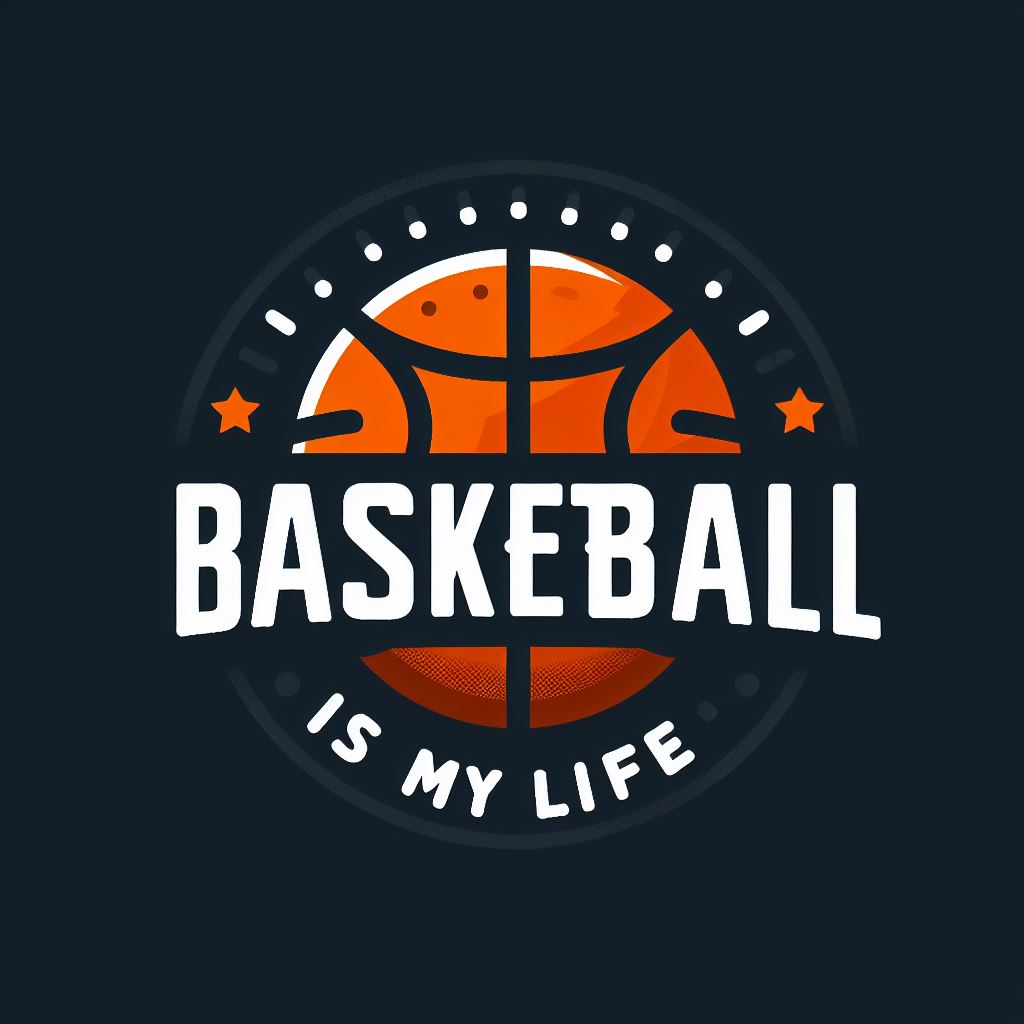
Derick Hingle/NBAE via Getty Images
Biggest win: Dejounte Murray trade
Trading two mid-major players, Dyson Daniels and Larry Nance Jr., for Murray is a great deal for the New Orleans Pelicans. It’s not a perfect fit, but it does provide enough protection for the offense against injuries to Zion Williamson and a potential divorce from Brandon Ingram.
Murray will also be more effective in New Orleans than he was in Atlanta. He’s improved his outside shot enough to rotate around Zion’s plays, and his passing is good enough to play a more traditional two-man game with Williamson if head coach Willie Green wants it. His defensive value also skyrockets in a rotation with Herb Jones, Trey Murphy, Jose Alvarado, Ingram and, damn it, last year’s version of Zion.
Then, of course, we have the contract. Murray is set to begin a four-year, $114.2 million deal that caps out at roughly 17.3 percent of the salary cap in any given season. That’s a boon in terms of flexibility and durability for a Pelicans franchise that’s struggling with upcoming paydays and has (so far) shown no inclination to pay the tax.
The biggest loss: the rotation of the center
The lack of clarity on Ingram’s future through an extension or trade could be a deciding factor. But the Pelicans still have him on their roster, and if his value on the open market remains low, it strengthens their leverage in contract negotiations.
New Orleans’ center rotation is more puzzling. It’s not that they got rid of Nance and Jonas Valančiūnas, per se. It’s that they did it without a more profitable plan. A center carousel with Daniel Theis, Yves Missi, Karlo Matković and, I suppose, Zion-at-the-5 is a shaky thing.
Maybe this will all work out. The Pelicans are talented and have such depth on the perimeter. And at 32, Theis isn’t exactly a fossil. Still, it’s not ideal for evaluating New Orleans against what should be big playoff aspirations.

